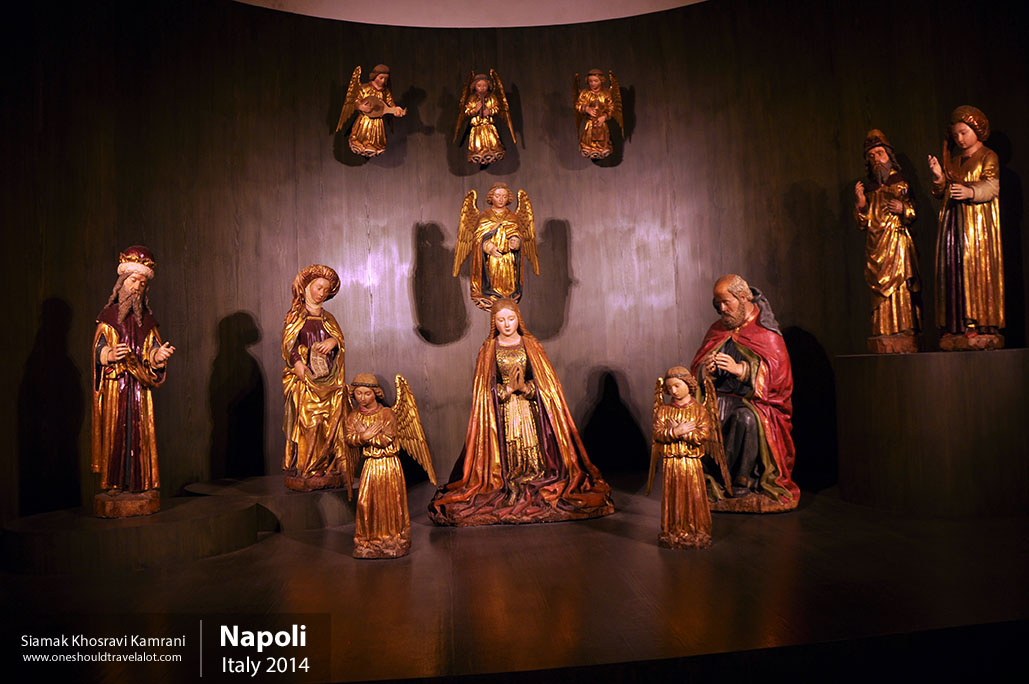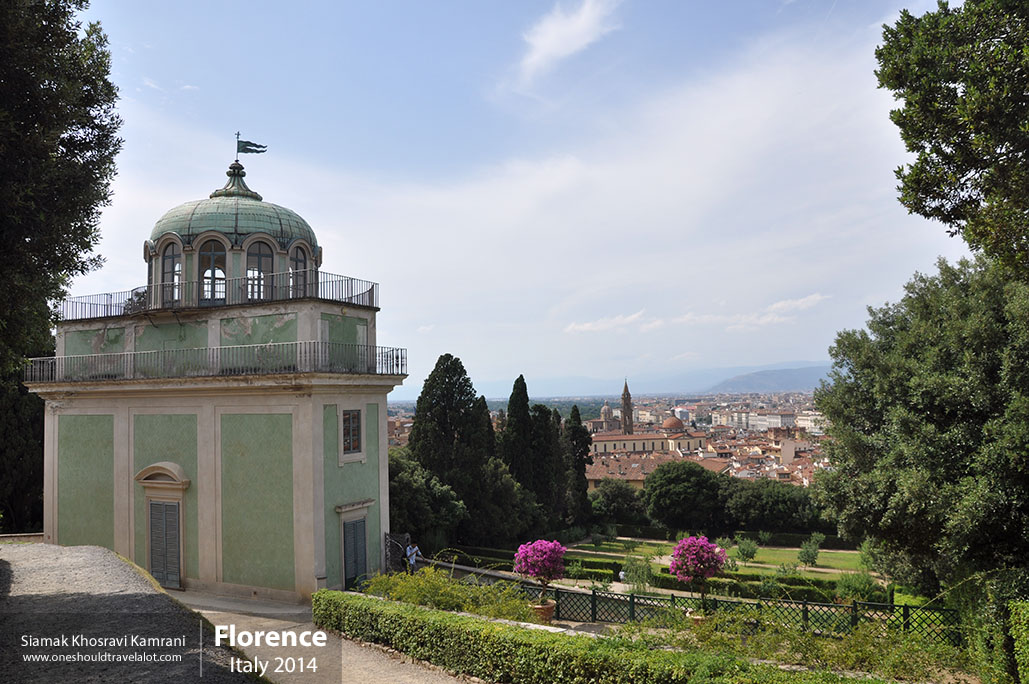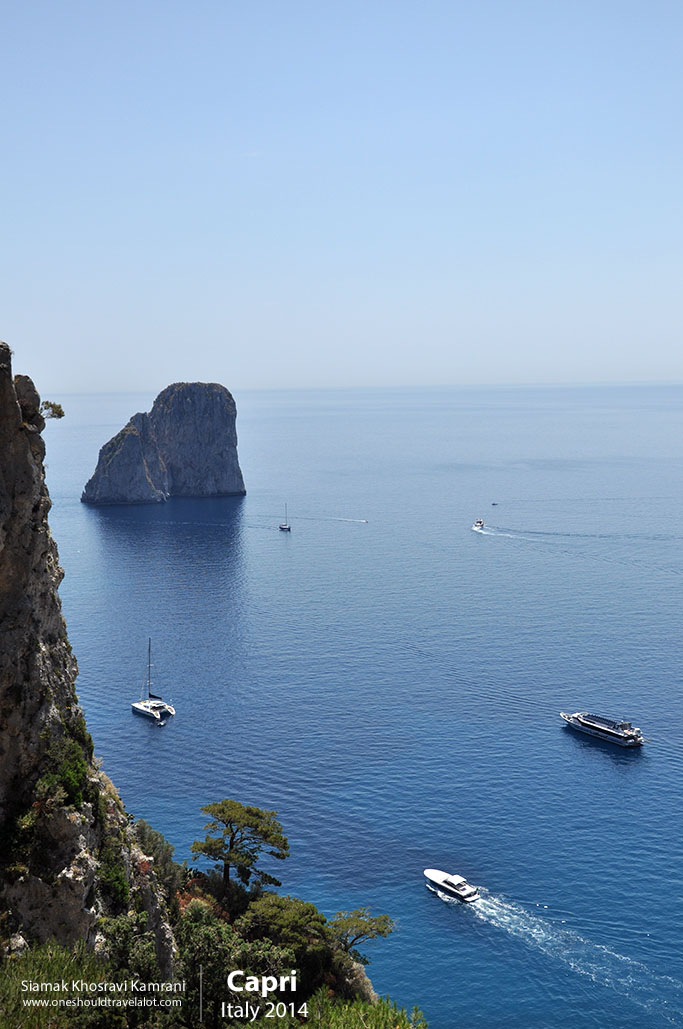Exploring Sicily: A Photographer’s Journey
Nestled in the heart of the Mediterranean, Sicily beckons with its blend of ancient ruins, vibrant culture, and stunning landscapes. As a photographer, I am drawn to places that tell a story through their people, traditions, and scenery. Sicily, with its rich history and diverse culture, promises a tapestry of experiences waiting to be captured through my lens.
First Impressions of Sicily
As my plane descends towards Catania Airport, the view from above is mesmerizing. The island sprawls out below, a mix of lush greenery, golden beaches, and the azure expanse of the Mediterranean Sea. Mount Etna, Europe’s highest and most active volcano, stands majestically in the distance, its snow-capped peak piercing the sky.
Upon landing, the warm, humid air greets me, carrying with it the scent of the sea and a hint of citrus from the nearby orchards. The hustle and bustle of the airport quickly gives way to the more relaxed pace of Sicilian life as I step outside and make my way to the city center. Catania, my first stop, is a city that seamlessly blends the old with the new.
Catania: A City of Contrasts
Catania is a city of contrasts. Its streets are lined with Baroque buildings, many of which are constructed from the dark, volcanic stone of Mount Etna. These historic structures stand alongside modern cafes and boutiques, creating a unique juxtaposition that is quintessentially Sicilian.
Exploring the Markets
One of my first adventures in Catania is a visit to the famous La Pescheria fish market. The market is a sensory overload, with vendors shouting out their wares, the smell of fresh seafood filling the air, and a riot of colors from the various stalls. As I wander through, my camera captures the lively scenes: a fishmonger expertly filleting a swordfish, an elderly woman haggling over the price of octopus, and a young boy eagerly pointing out the day’s catch to his father.
The Beauty of Baroque Architecture
From the market, I make my way to Piazza del Duomo, the heart of Catania. The piazza is dominated by the magnificent Catania Cathedral, dedicated to Saint Agatha, the city’s patron saint. The Baroque architecture is stunning, with intricate facades and grandiose sculptures. As I frame the cathedral in my viewfinder, I can’t help but marvel at the craftsmanship and the history that these stones have witnessed.
Mount Etna: The Living Giant
No trip to Sicily would be complete without a visit to Mount Etna. The journey to the volcano is an adventure in itself, winding through vineyards and small villages that cling to the mountainside. The landscape changes dramatically as we ascend, from lush greenery to stark, black volcanic rock.
Capturing the Majesty of Etna
Reaching the summit, I am greeted by a breathtaking panorama. The craters, some of which are still smoking, provide a stark contrast to the clear blue sky. The ground beneath my feet is warm, a reminder of the powerful forces at work below. As I set up my tripod and take in the view, I am struck by the sheer scale and beauty of Etna. The photographs I capture here will be some of my most treasured.
Taormina: A Jewel of the Mediterranean
Leaving the rugged beauty of Mount Etna behind, I head to Taormina, a picturesque town perched high above the sea. Known for its stunning views and ancient Greek theatre, Taormina is a photographer’s dream.
The Ancient Greek Theatre
The Teatro Greco, one of Sicily’s most iconic landmarks, is my first stop. The ancient theatre, with its well-preserved ruins, offers a glimpse into the island’s storied past. As I explore, I imagine the spectacles that once took place here, with the backdrop of Mount Etna and the sea adding to the drama. The theatre is still used for performances today, a testament to its timeless appeal.
Strolling Through the Town
Taormina’s narrow streets are a delight to wander through. Bougainvillea drapes over balconies, and the scent of jasmine fills the air. The town is bustling with tourists and locals alike, and the cafes and shops are lively and inviting. I spend hours capturing the essence of Taormina, from the vibrant street scenes to the serene gardens of Villa Comunale.
Palermo: The Cultural Capital
My journey continues to Palermo, the capital of Sicily. Palermo is a city of great diversity, with a rich cultural heritage that reflects the various civilizations that have left their mark on the island.
A Walk Through History
Palermo’s historic center is a treasure trove of architectural wonders. The Palermo Cathedral, with its blend of Gothic, Baroque, and Norman styles, is particularly striking. As I photograph its ornate façade, I am reminded of the layers of history that Sicily embodies.
The Flavor of Sicily
No visit to Palermo would be complete without indulging in its culinary delights. The street food here is legendary, and I make it a point to try arancini (rice balls), panelle (chickpea fritters), and cannoli (a sweet ricotta-filled pastry). Each bite is a burst of flavor, reflecting the island’s rich agricultural heritage and the influence of various cultures over the centuries.
The People of Sicily
While the landscapes and architecture of Sicily are captivating, it is the people who truly bring the island to life. Sicilians are known for their warmth and hospitality, and I experience this firsthand throughout my journey. From the fishmonger in Catania who insists I try his freshest catch, to the elderly couple in Taormina who invite me into their home for a meal, I am continually struck by the kindness and generosity of the people I meet.
A Tapestry of Cultures
Sicily’s population is a tapestry of cultures, a result of its strategic location and turbulent history. The island has been home to Greeks, Romans, Arabs, Normans, and many others, each leaving their mark on the culture and traditions. This diversity is reflected in the island’s festivals, cuisine, and even its language, with many Sicilians speaking a distinct dialect that incorporates elements from various languages.



